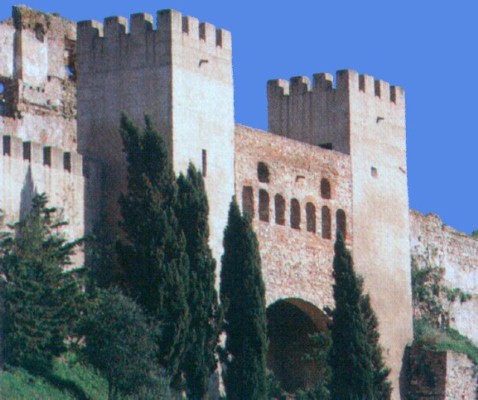|
| Islamic Portugal: 8th to 12th centuries AD |

It seems that the population in the Sado estuary shrank dramatically, after the end of the Roman Empire in the western Mediterranean in the later 5th century AD. The Arab army of Abdaiziz experienced little resistance in the conquest of the Setúbal peninsula and Sado area between 712 and 715 AD.
From the 8th to the 12th century, the Iberian peninsula was ruled alternately by caliphs of Andalusia, Emirs of Cordoba and Taifal rulers of more localised kingdoms. For most of the time these rulers were rivals, but joined together to form an Iberian and Moroccan Islamic empire when threatened by Christian conquest in the 11th century.
Alcacer do Sal (Abu Danis’ Castle) was the administrative seat of the Setúbal peninsula and the Sado estuary during the Islamic period; other castles were at Santiago do Cacem, Almada, Sesimbra, Palmela, Santarem and Lisbon. All these castles were significant in the Christian reconquest of Portugal between 1147 and 1217, when a definitive reconquest was achieved with the help of the Knights Templar of the Order of Santiago.
© 1998 Oxfordshire Museum Service, Setúbal Museums and the Benaki Museum